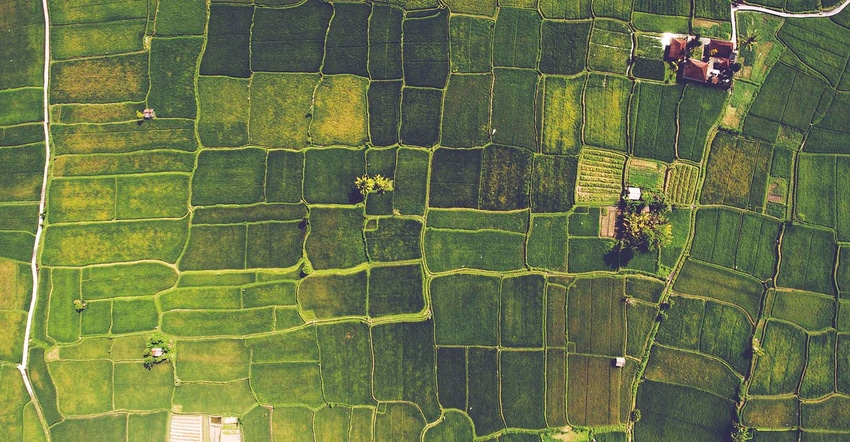December 18, 2020

This summer I ran into the right guy at the right time. He mentioned that a farm might be coming on the market. This was a property that we had inquired on several times in the last 20 years. I turned the lead over to dad and he began to work on it.
We got a meeting with representatives of the families. We sat around the table and talked for a couple of hours. I’d like to say it was all wrapped up that day, but nothing is ever that simple.
Time passed as negotiations progressed. Five parties and their families were involved in the process. Though we had been driven past the farms hundreds of times, we could not see much through the growing crop of corn. We questioned the accuracy of our analysis from soil maps, google images, and our memories. We wondered if we offered too much. We wondered if our offer was too low.
Our interest grew and our interest waned, then it grew again. However, after many weeks, a deal was struck.
Our goal: efficiency
With dad threatening retirement, our goal wasn’t growth. Our goal was efficiency. When the contract was signed, two of our current farms went up for sale. It was all about quantity in one location.
The new farm is one tract split only by the road. The farms we put for sale were still descent sized tracts, but smaller acres, requiring equipment to be moved out almost as fast as it was moved in.
One farm sold privately as it joined a neighbor looking to increase his tract size. The other farm we advertised and took to a sealed bid auction at the lawyer’s office a couple weeks ago. The farm didn’t sell at the initial offering, but there are some strong leads that may close the deal.
When all is said and done, we will have a small increase in acres but a more significant increase in efficiency.
In the transaction, dad is making use of the 1031 like-kind-exchange rule. This allows one piece of property to be traded for another. In short, my understanding is, the basis (or value of the sold farm) is transferred to the purchased farm thus deferring any capital gains tax. A provision in the 1031 rule will also allow the second property to be sold and traded into the new farm, as long as it ‘identified’ and sold in the next few months.
And now, soil testing
Along with the farm comes the nutrients. So we had soil tests pulled this fall and sent the results to an agronomist we hired to run a report on the value of excess nutrients in the soil. This value will go on the depreciation schedule. Most of the tile we installed this fall went on the new farm and will also go on the depreciation schedule along with the value of existing tile we were able to locate.
As the changes played out this fall, I’m sure there were those with raised eyebrows in the community. Many people can’t tell one tractor from another, but every farmer notices when the ‘wrong’ tractor pulls into a field!
The opinions of the author are not necessarily those of Farm Futures or Farm Progress.
About the Author(s)
You May Also Like






